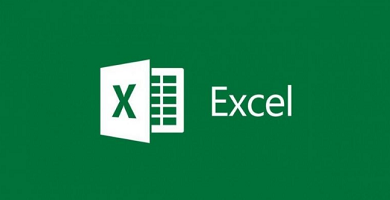Domain On The Internet and Types Computer
-
What is a domain on the Internet?
It is known as Internet domain to the unique name with which a Web page or a website is identified , within the vast sea of the Network.
Given that the Internet pages , as well as all the information on the network , are actually not in cyberspace but in a real server somewhere in the world, the system has a series of IP addresses to locate where to look for what data . But since such addresses are difficult to memorize, we use a domain name (and a system of names, such as DNS) to replace those addresses.
So, if you do not use this substitution method, to access such famous portals as the google online search engine, you would have to enter the IP address http://172.217.10.110/ instead of just typing http://google.com , your domain name. On the other hand, the same IP address can be shared between several domains , so it would be an inaccurate location method.
Domain names often reflect the nature of the site to visit and are often customizable, marketable or private . In addition, they are composed of a series of abbreviations that often reveal information about the Web page you are trying to enter, such as your country, your affiliation, etc.
There are, thus, two types of Internet domain:
- Territorial Higher Level Domains ( ccTLD) ) . Those that distinguish between countries where the information is located or to whom the web page belongs. For example: those ending in .ve (Venezuela), .ar (Argentina) or .cl (Chile).
- Generic First Level Domains ( gTLD ) . These are generic commercial domains, which can be bought and sold without national implications of any kind, such as .com, .net, .org.
See also: HTTP .
-
How is a domain made up on the Internet?

Domains on the Internet can be alphanumeric, that is, composed of letters and numbers, in a specific and punctual sequence. This name can be divided into:
- Organization name . The specific name of the company , person or organization of any type that we are looking for, such as Google .
- Type of organization . It can be discerned between commercial (.com), telecom (.net network ), organizational (.org), governmental (.gob), etc. pages.
-
URL and domain name
The domain name is not the same as the URL that appears in our browser when we enter a website. The domain name is the “title” of the page or service visited (for example, http://google.com ), while the URL (abbreviation of Uniform Resource Locator , or Uniform Resource Locator ) is the input that we must provide the browser to take us to the appropriate domain (for example: http://www.google.com ). In the example provided they are very similar, but it may be that they are radically different.
More in: URL .
-
How does a domain on the Internet work?

Domains operate as soon as an Internet user enters the URL address in their browser corresponding to the domain of the desired page.
Instead of entering the IP number, enter a sequence of letters, for example, http://www.google.com and your browser will link that name with the digital path to the information , contained in a web server or several.
Thus, a series of instructions for searching and requesting information begins with a simple sentence, which in a few seconds presents the desired Web page to the user . These domains are contained in a sort of indexes, called DNS, that allow streamlining the process .
-
Internet domain examples
Some examples of specific domains on the Internet are the following:
- .net for networks and telecommunications (network).
- . com for commercial initiatives.
- . info for information or dissemination networks
- . edu for educational portals
- .tv for portals that have to do with television
- es for sites linked to Spain.
- . br for sites linked to Brazil.
- .mx for sites linked to Mexico.
- . php for dynamic content using a hypertext preprocessor .





